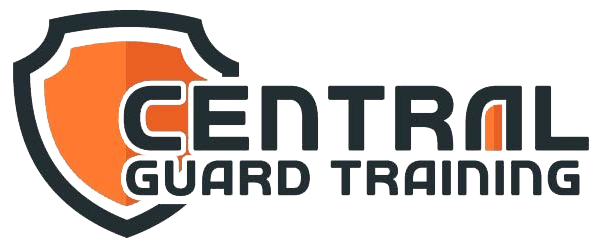
Security officers in Canada Use the Following 10 Codes
In Canada, security officers may use a variety of codes to communicate quickly and efficiently during their operations. While specific codes can vary between organizations and regions, here are some commonly used 10 codes in Canadian security operations:
- 10-4: Acknowledgment, meaning “Message received” or “Affirmative.”
- 10-7: Out of service, indicating that an officer is temporarily unavailable or off-duty.
- 10-8: In service, signifying that an officer is available and on duty.
- 10-20: Location, requesting or providing information about a specific location.
- 10-21: Call by telephone, indicating a need to communicate via phone.
- 10-33: Emergency, signifying a situation that requires immediate assistance.
- 10-37: Suspicious vehicle, indicating a vehicle that appears to be suspicious or behaving in an unusual manner.
- 10-45: Possible crime in progress, suggesting a potential ongoing criminal activity.
- 10-97: Arrived on the scene, indicating that an officer has reached the specified location.
- 10-99: Officer requires immediate backup or assistance due to a critical situation.
It’s worth noting that while these codes are commonly used in security operations, their usage may vary. It’s important for security officers to be familiar with the specific codes used by their organization or employer to ensure effective communication and coordination.



